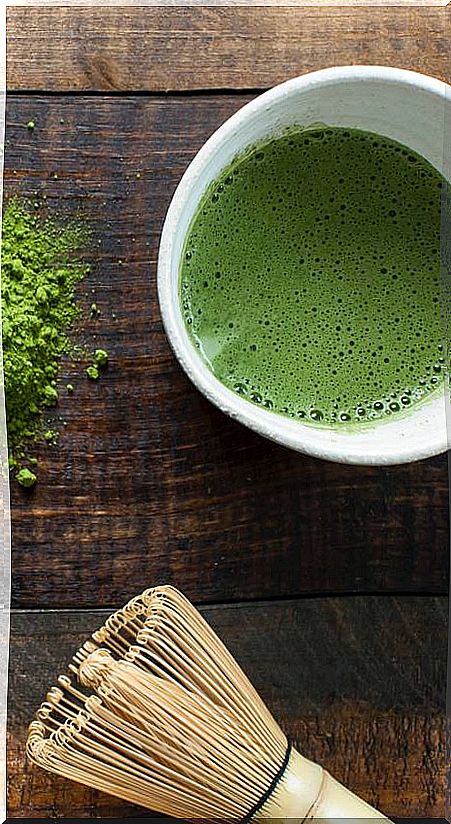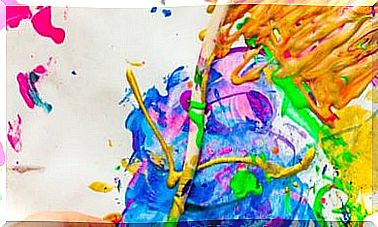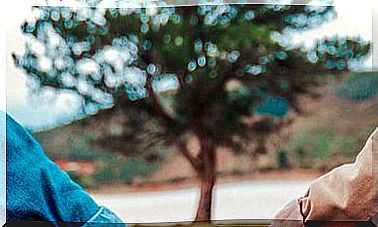Green Tea And Physical Exercise Are Effective Against Fatty Liver
Research carried out with mice suggests that a combination of green tea and exercise can reduce the severity of fatty liver disease by 75% .

Fatty liver disease will affect more than 100 million people in a decade. This is a prediction linked to the increasing number of people with type 2 diabetes and obesity, disorders that favor its appearance, along with excessive alcohol consumption.
Fatty liver can progress to chronic hepatitis and cirrhosis, which can be fatal. That is why scientists are searching for effective treatments in the hope of saving millions of lives.
A team from Pennsylvania State University, led by Dr. Joshua Lambert, has been investigating with his team the effects that green tea extract and exercise have on mice.
They had previously discovered that the combination of exercise and destinged green tea extract could improve cardiovascular health and drastically reduce the body mass of mice fed a high-fat diet.
Now, they have proven that it also helps mitigate non-alcoholic fatty liver. The research has been published in the Journal of Nutritional Biochemistry .
How was the study developed?
For the study, the researchers separated the mice into three groups and a control group. The first group was fed a high-fat diet and green tea extract and exercised by running on a wheel. The second group was fed a high-fat diet and green tea extract, but did not exercise. The third group ate a high-fat diet without green tea extract and exercised. The mice were maintained on their assigned diet and training routines for a period of 16 weeks.
What were your results?
The group that had been fed a diet high in fat, green tea extract and that practiced exercise, had 75% less lipid deposits in their livers than the control group mice.
The group fed a high-fat diet and green tea extract who did not exercise had 50% less fat in their livers. Finally, the group fed a high-fat diet without green tea extract that exercised also had 50% less fat in their livers.
The researchers then measured the protein and fat content in the mice’s feces and found that the group that consumed green tea extract and exercised had higher levels of protein and fecal lipids. Which meant they weren’t absorbing all of the fat from their diet, some of it was passing through their digestive system and coming out with their feces.
Dr. Lambert explains that “when we looked at the livers of these mice after the study was over and analyzed their feces, we saw that the mice that consumed green tea extract and exercised were actually processing nutrients differently: their bodies handled food. differently.
How does green tea work?
The research team believes that the polyphenols in green tea interact with digestive enzymes secreted in the small intestine and partially inhibit the breakdown of carbohydrates, fats and proteins in food. So if a mouse does not digest fat in its diet, that fat and the calories associated with it pass through the mouse’s digestive system, and a certain amount ends up being eliminated with its feces.
It may be significant that in mice treated with green tea extract and exercise, the expression of genes related to the formation of new mitochondria, the cellular organs that are responsible for transforming glucose into energy, increased.
Can the result be extrapolated to humans?
The combination of green tea and exercise could have health benefits for people, but we do not yet have clinical data on people. Dr. Lambert advises caution for people who decide to experiment with these health measures on their own. However, he adds that “it would be smart for people to be more physically active, and replace high-calorie beverages with de-tinged green tea. “









